Select a province & language
Entrance to this website assumes you have read and agree to these Legal Terms and Conditions and the Privacy Policy.
Entrance to this website assumes you have read and agree to these Legal Terms and Conditions and the Privacy Policy.

At Toyota, we believe that different mobility needs require different mobility solutions. Our Electrified Journey began over 25 years ago with the introduction of the Prius in 1997. Today, more Canadians than ever are choosing electrified vehicles including Battery Electric Vehicles, or BEVs.
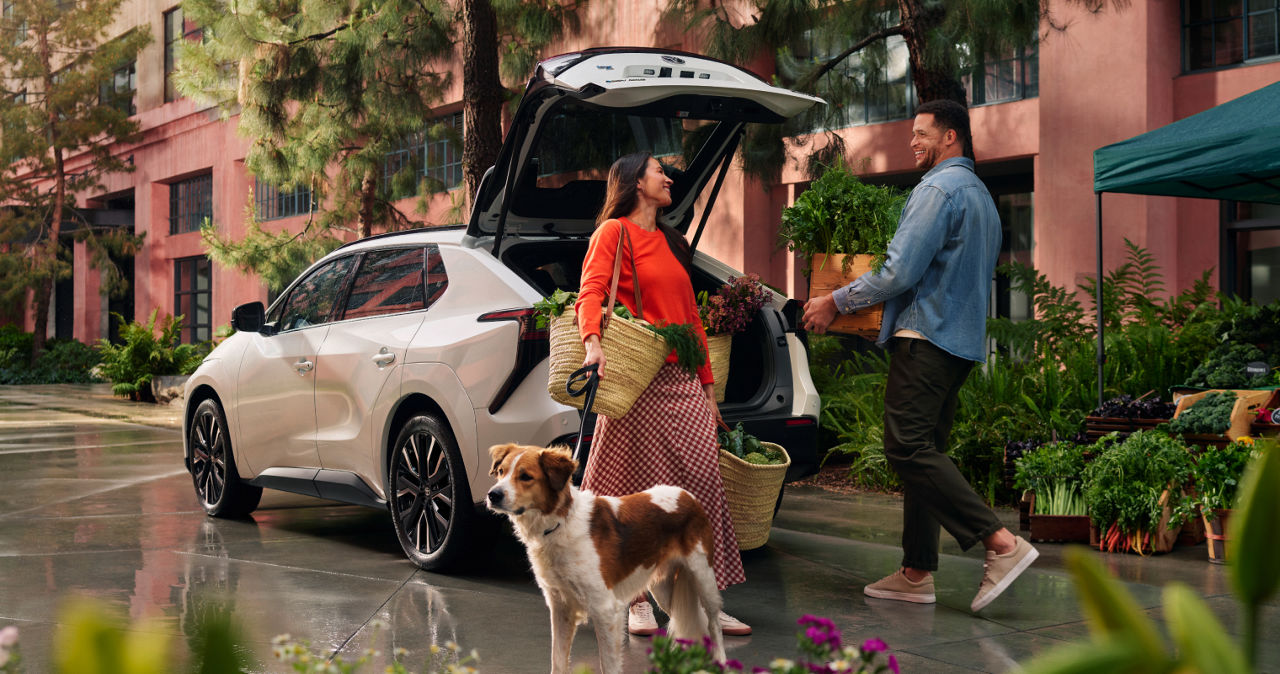
Charging is the process of returning energy to the battery of an electric vehicle. There are a couple different ways to return energy to a battery, such as through the process of regenerative braking and plug-in charging.
Did you know: Your vehicle has a maximum charging speed, regardless of how powerful the station is. Some stations may advertise a high power output (e.g., 150 kW), but that full speed may only be achievable on specific vehicles with 400V battery systems. Your BEV will only accept the power it can handle. For more information, visit the Charging Your EV page.
Level 1 charging is the simplest option, and it charges slowly. On the plus side, it uses power from standard wall outlets in homes. All Toyota BEVs from 2026 and beyond include a dual-voltage charging cable to facilitate Level 1 charging.
Level 2 is like Level 1, but with twice the voltage and increased amperage. This means vehicles charge much faster. At home, this requires installing a Level 2 charger into higher voltage electrical outlets1 – like those that power large appliances like clothes dryers or ovens. In public, Level 2 is widely available at public stations.
DCFC (Direct Current Fast Charging) provides even higher voltage in the form of DC power. Level 3 requires the use of specialized equipment and manufacturer-specific plugs, which are not available in residential homes. Charging time will vary widely depending on weather conditions and other factors2.
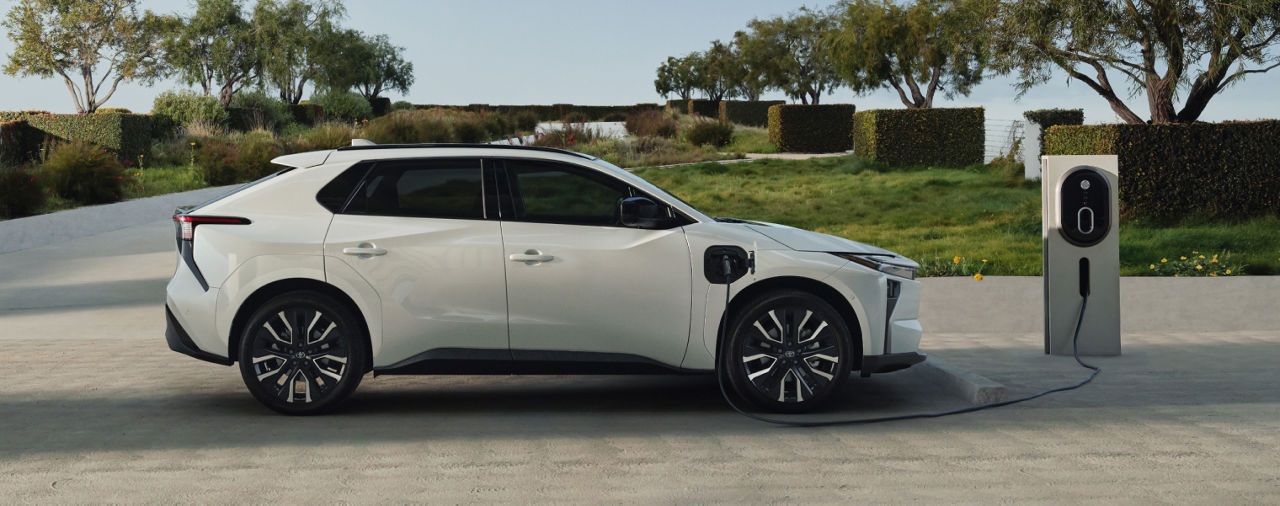
Installing a dedicated Level 2 charger at your residence can make a lot of sense, especially for electric vehicle owners. These chargers use a 240-volt outlet, the same amount of power used by home appliances like a stove, or HVAC equipment. There are a number of factors to consider before installing a Level 2 charger, including the best location, the type of connector, the length of cord, permanent or portable installation, and amperage. We recommend speaking to a certified installer about requirements, including the right plug head, and installation costs.
Toyota’s incorporation of the North American Charging System (NACS) port on certain vehicles offers convenient charging access to over 5000 public charging stations across Canada. And finding public charger is easy! Simply use the Toyota App and in-car navigation to help you find the nearest charger. And should you ever run out of charge, Toyota Roadside Assistance can tow you to the nearest charging station so you can get back on the road.
Servicing and maintaining your BEV is no more difficult than with a typical gas-powered vehicle. In fact, the maintenance schedules of both Toyotas’ gas and electric vehicles are the same - every 6 months of 8,000 km.
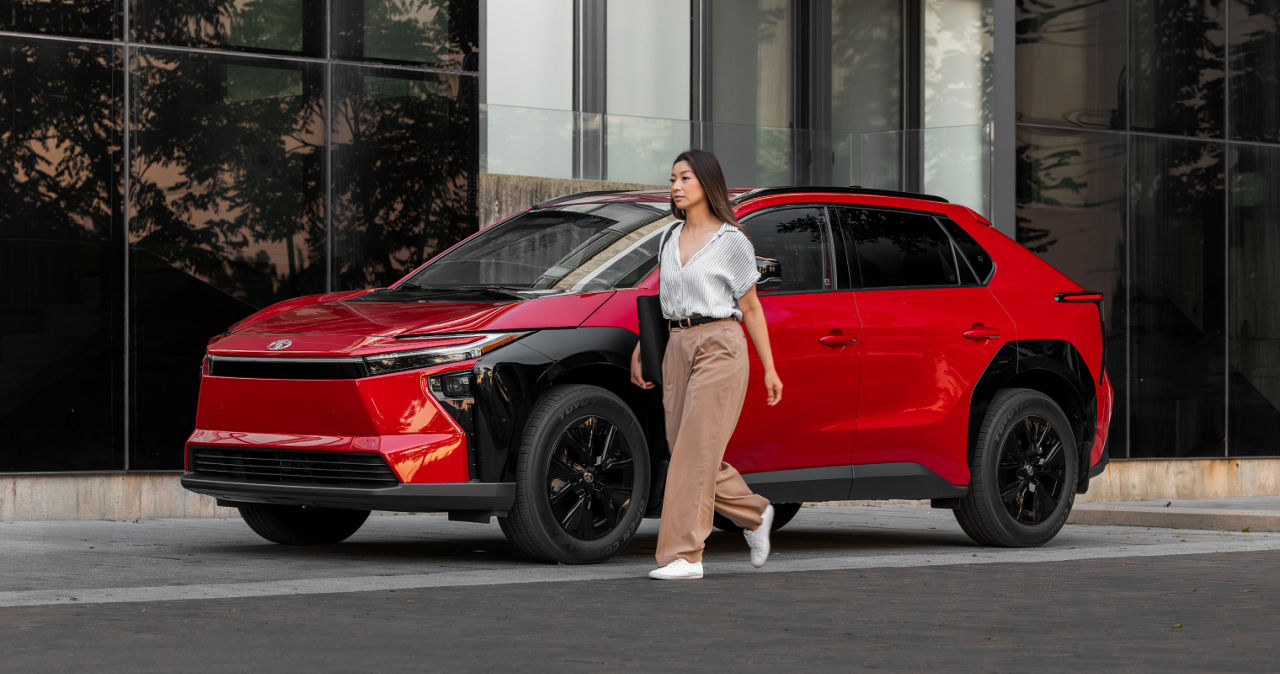
In the event that you ever run out of charge, Roadside Assistance3 can provide towing to your home, or the nearest public EV charging station to help get you back on the road. With your new car warranty, Roadside Assistance is included for three years for unlimited kilometers. It can even be extended once expired.
Or call - 1-888-TOYOTA-8
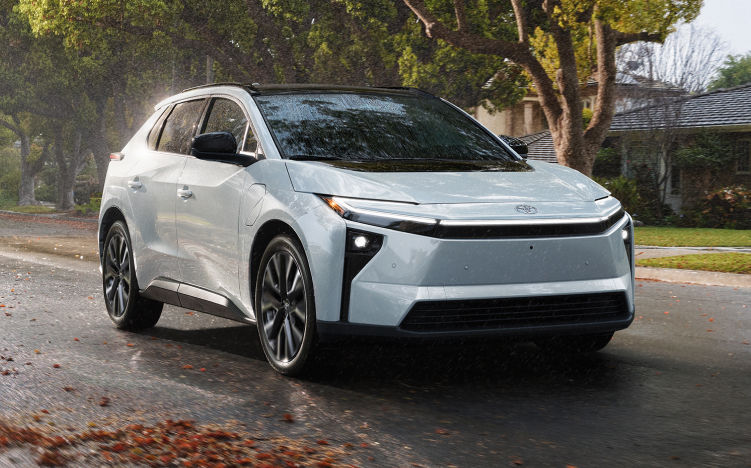
Avoid charging from 0% to 100% regularly and to keep the battery in a moderate charge range (10%-80%) for optimal longevity. After three 10-80% charge sessions, DC Fast Charging over the next 24 hour period may take longer and be less effective.
Enabling software updates for your vehicle will ensure that it operates safely and efficiently. Over-The-Air Software Updates allow your vehicle to update its software wirelessly, with quality, capability and convenience updates that are made available for select vehicle systems, such as the multimedia system.
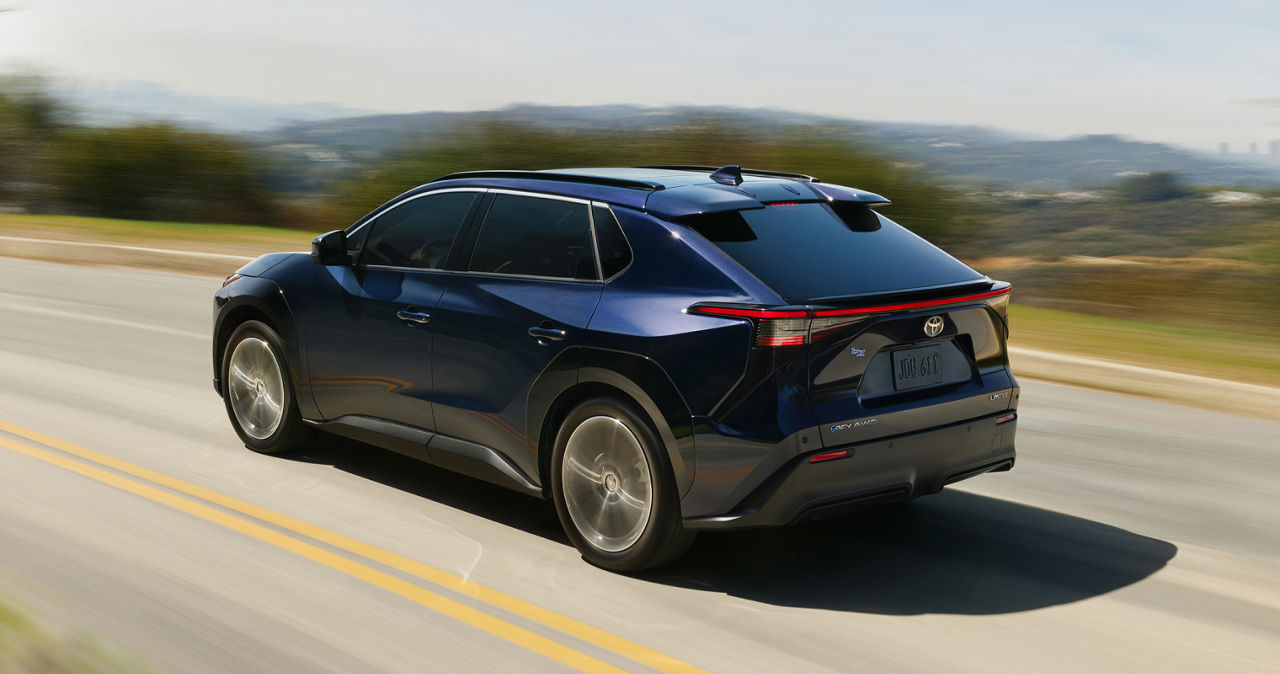
Pre-conditioning warms the battery to its optimal temperature—especially important in cold weather—you can boost charging speed (especially at DC fast chargers) and help preserve long-term battery health.
